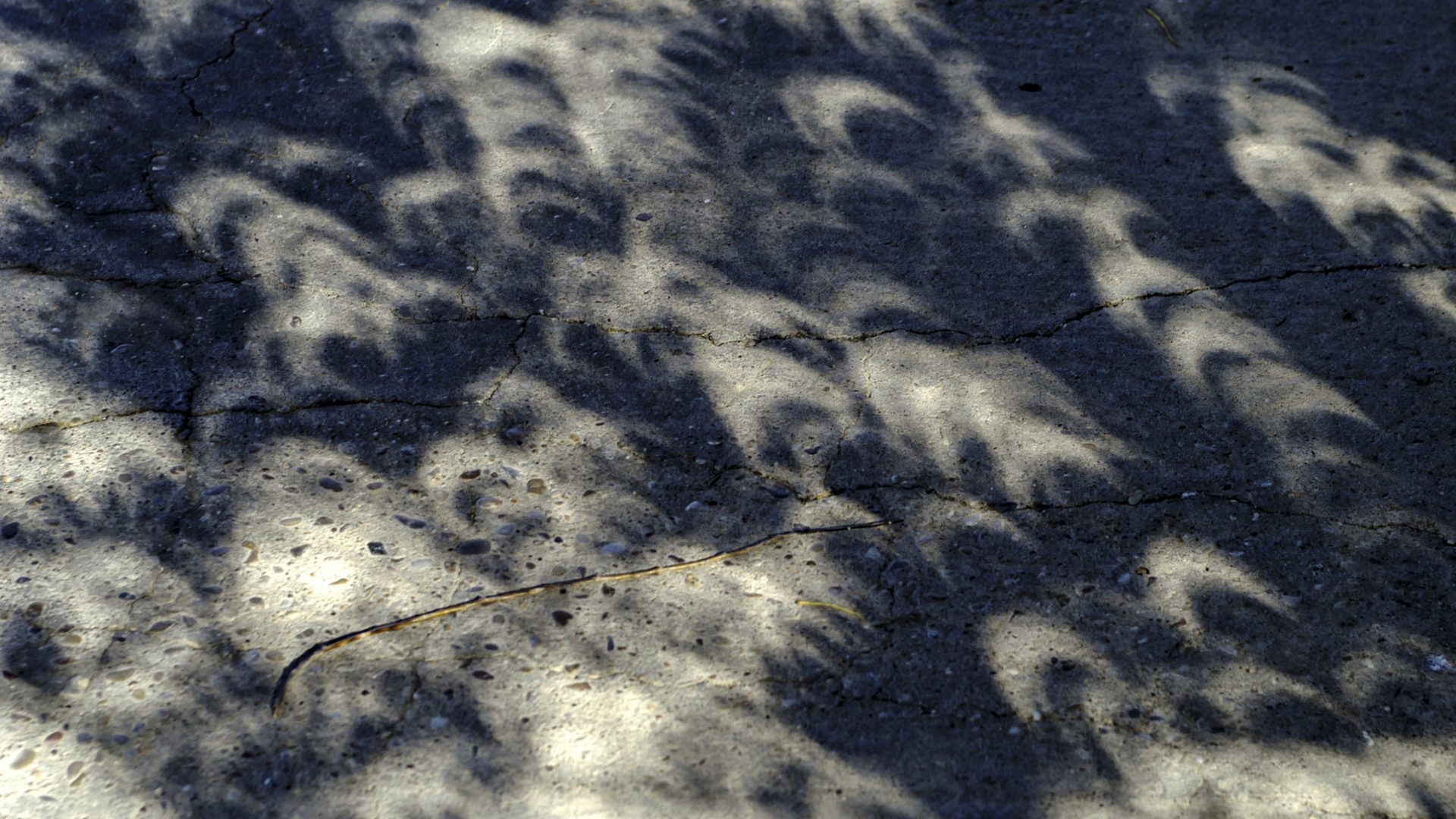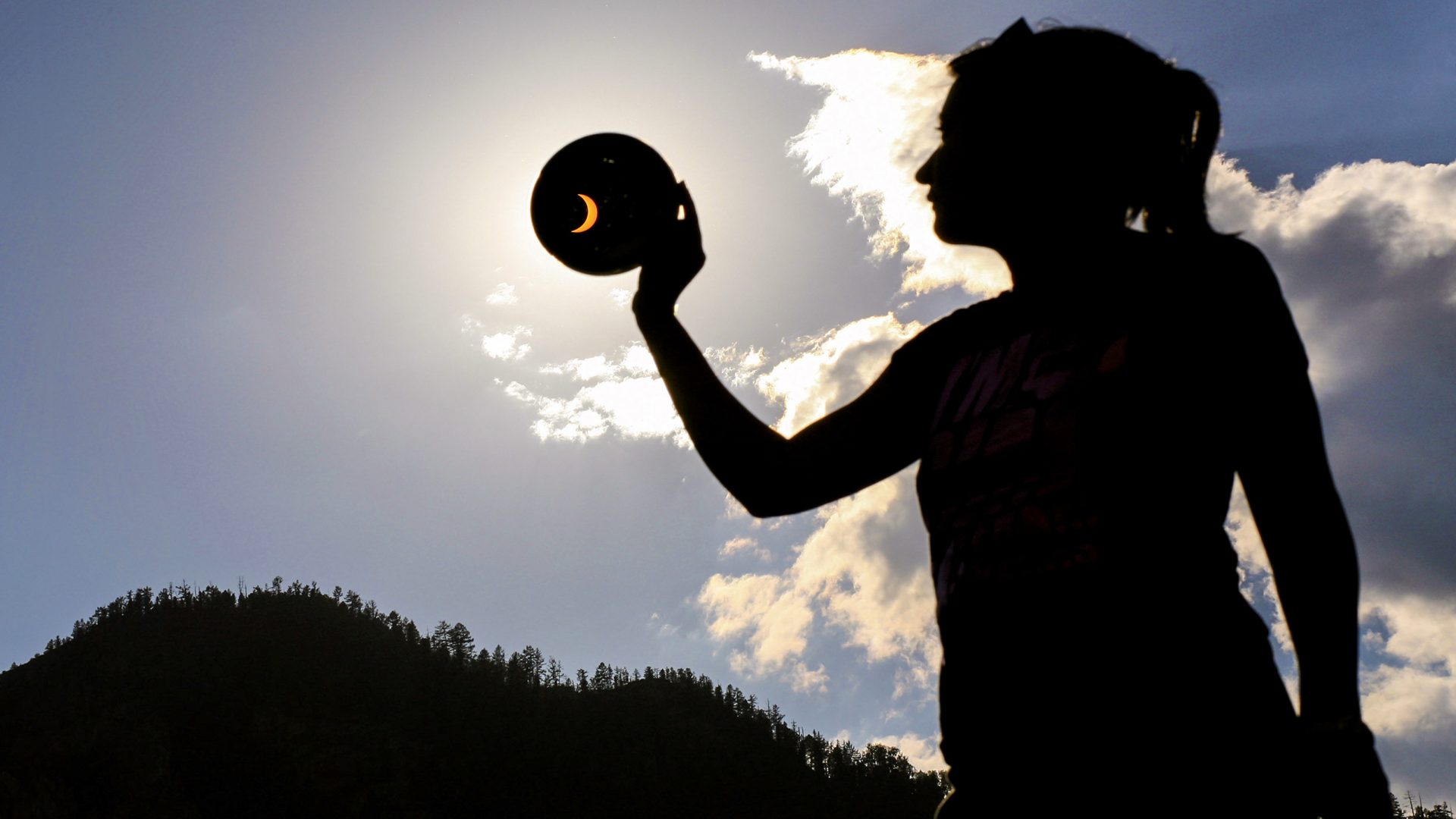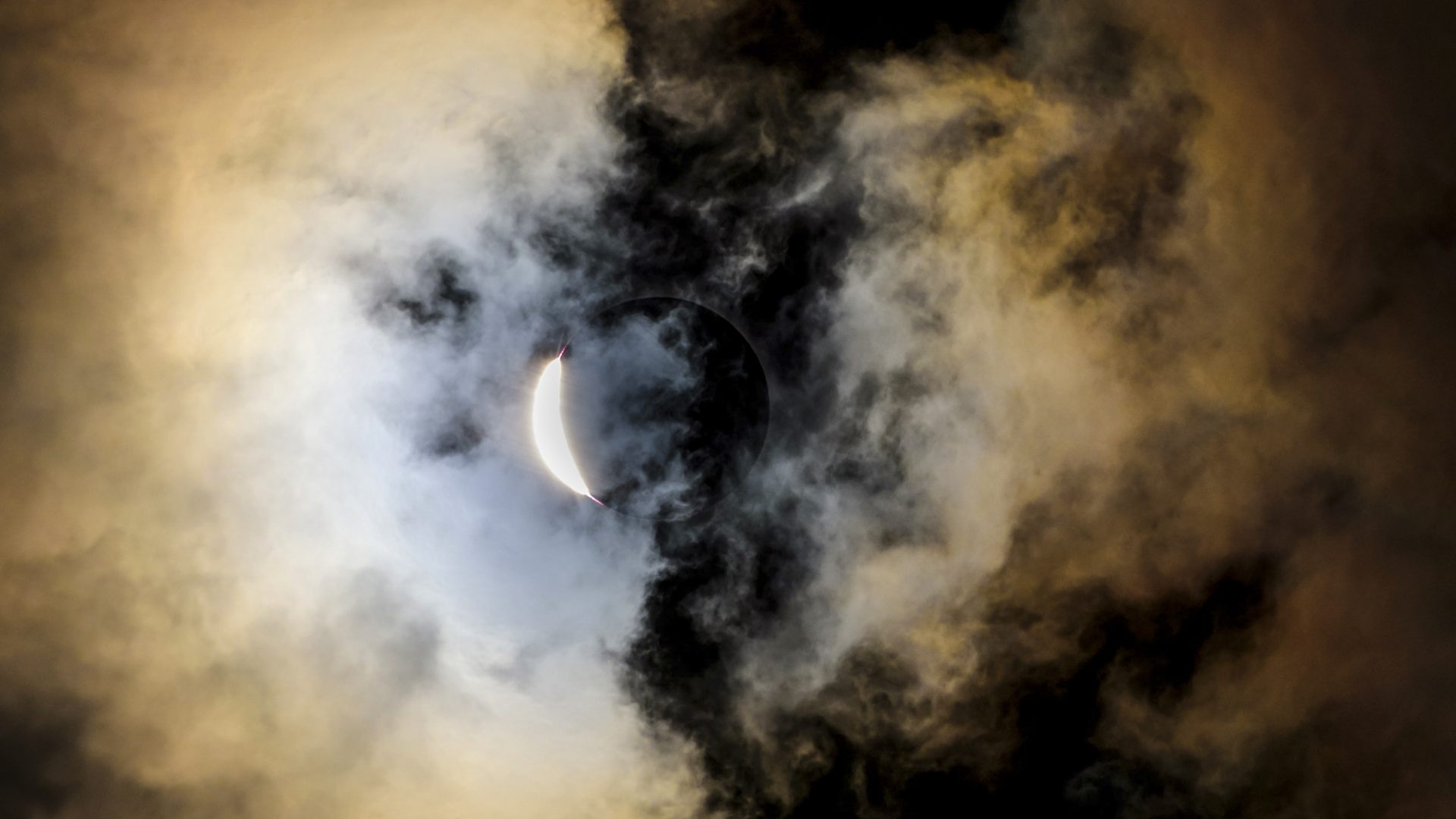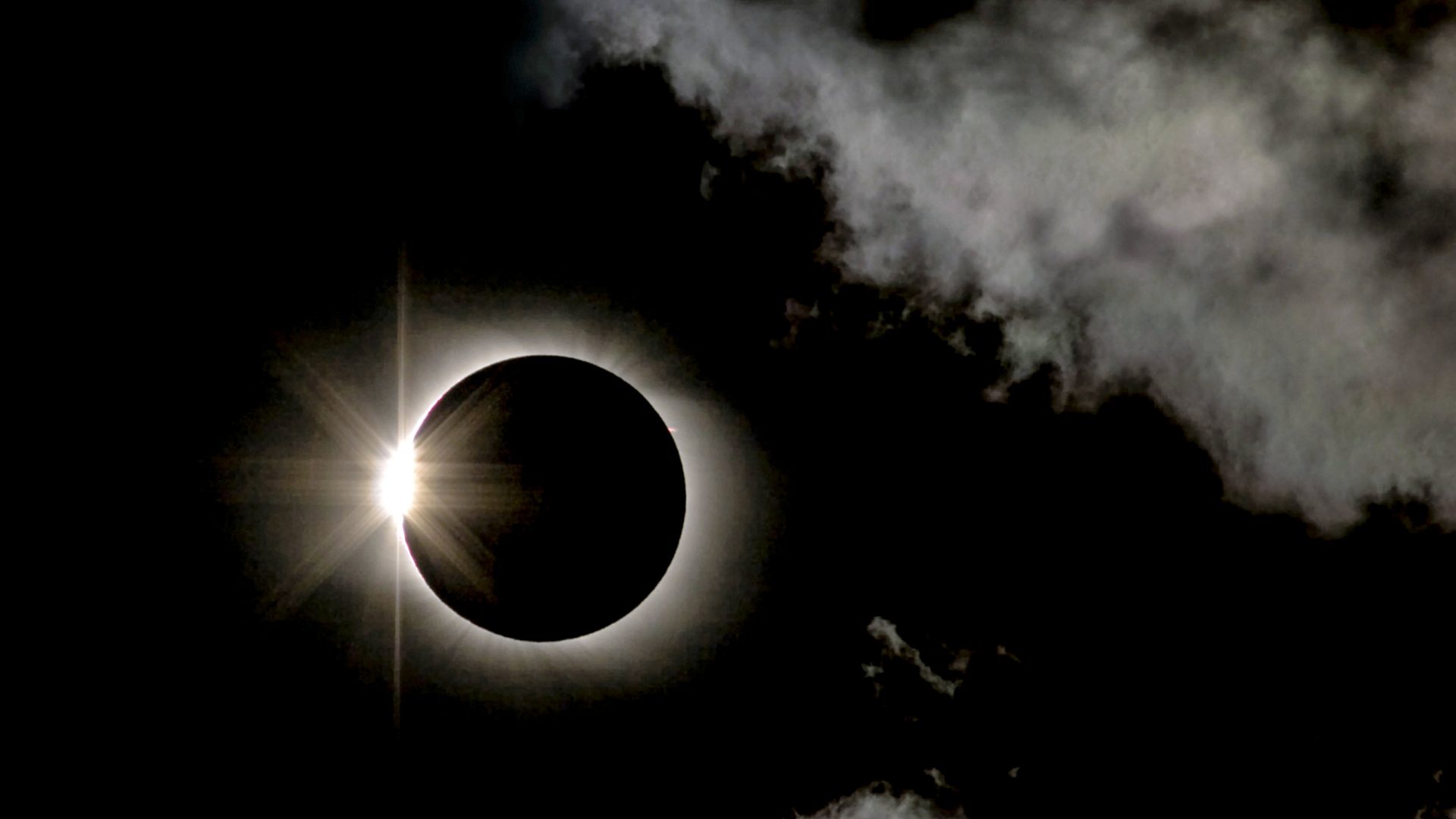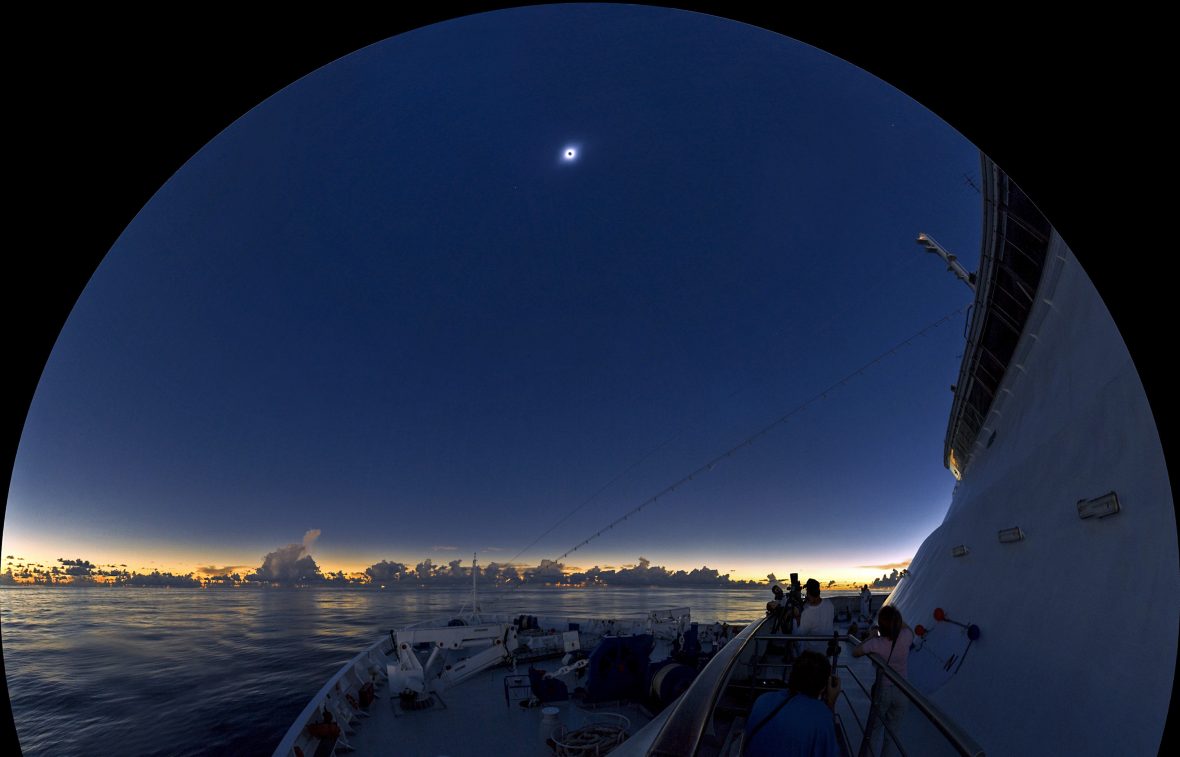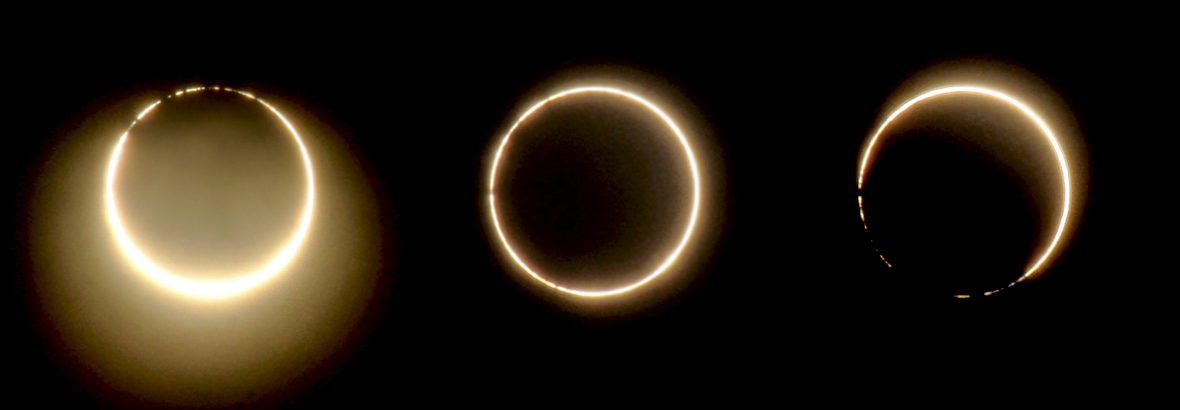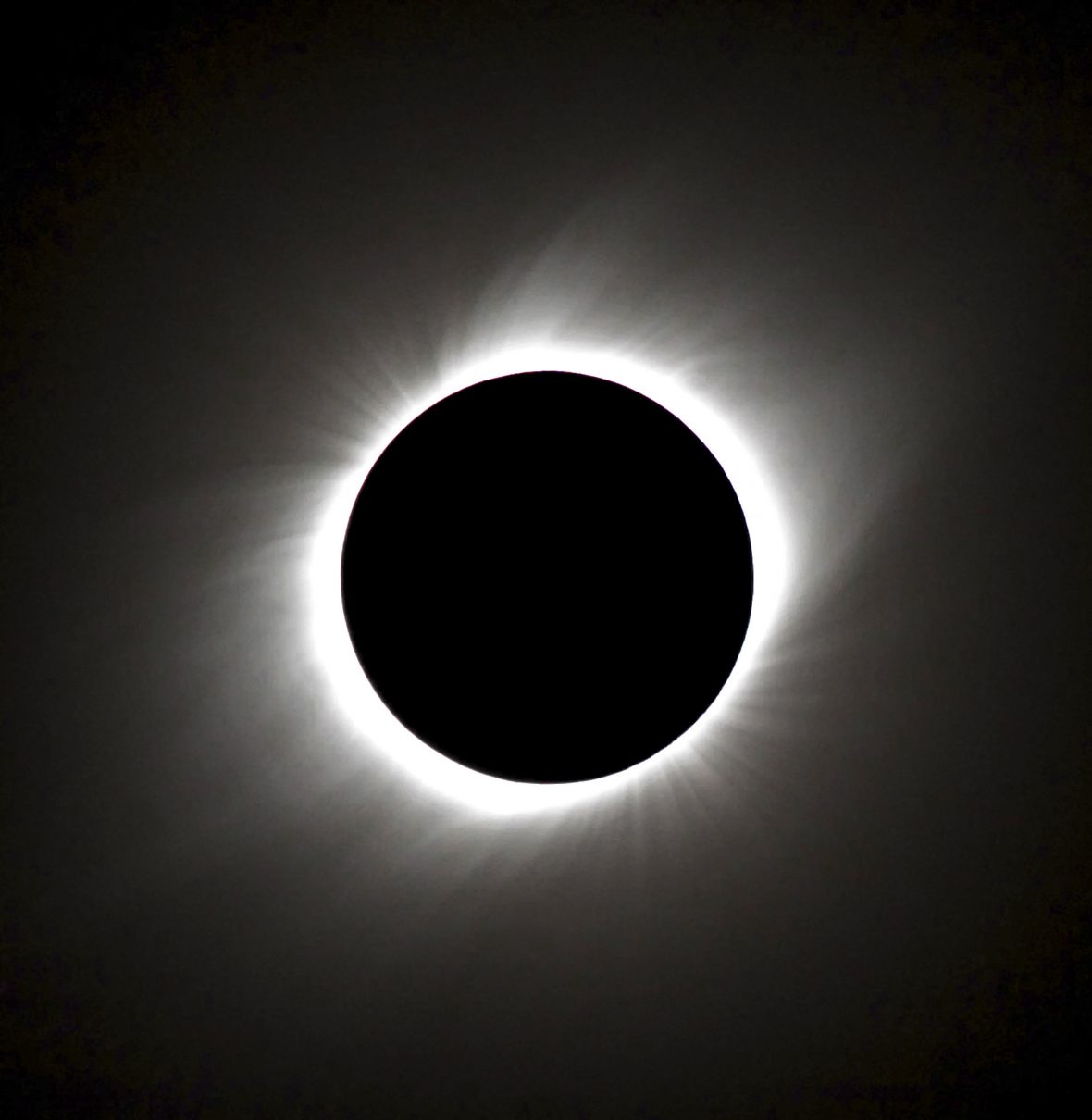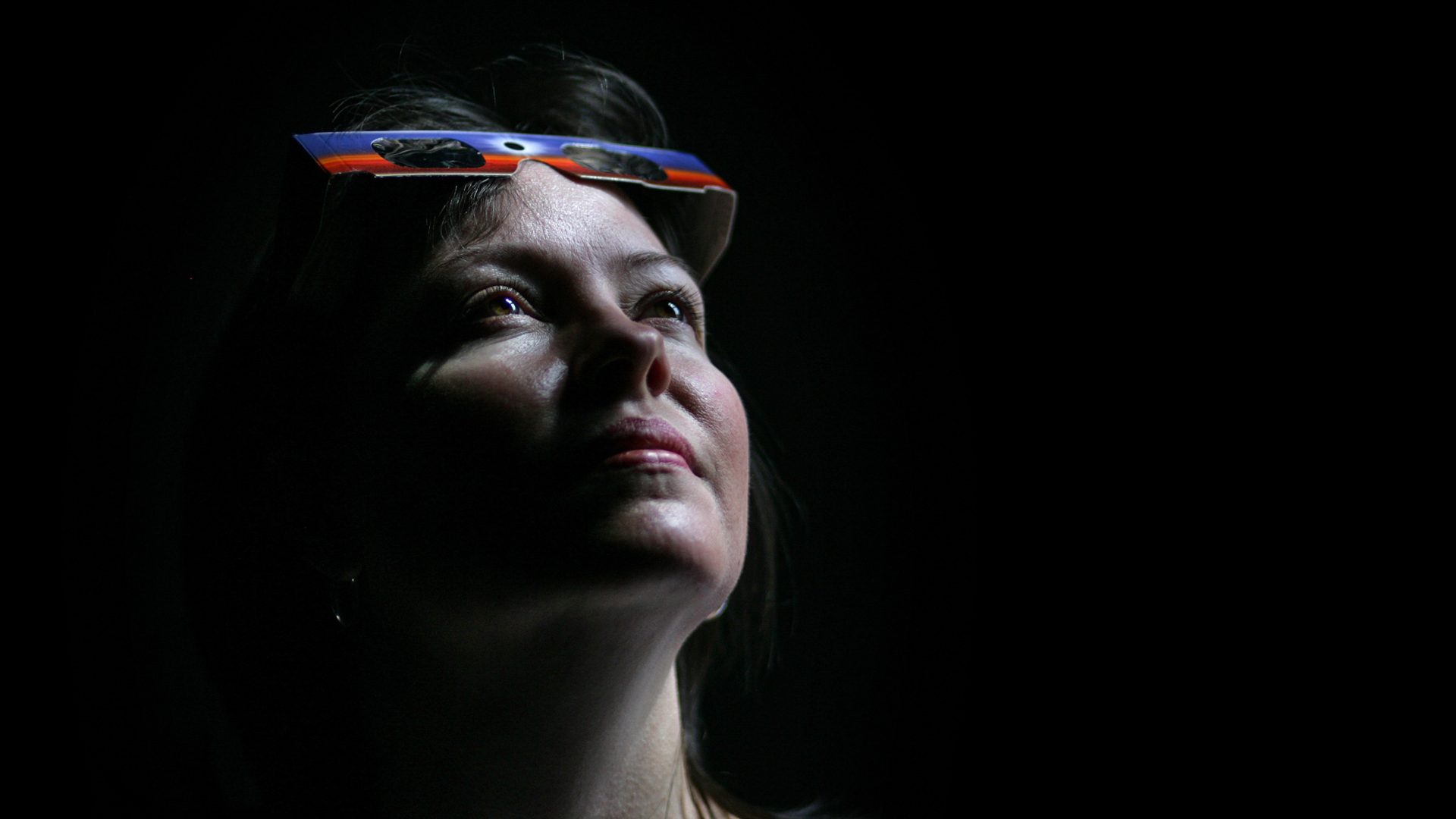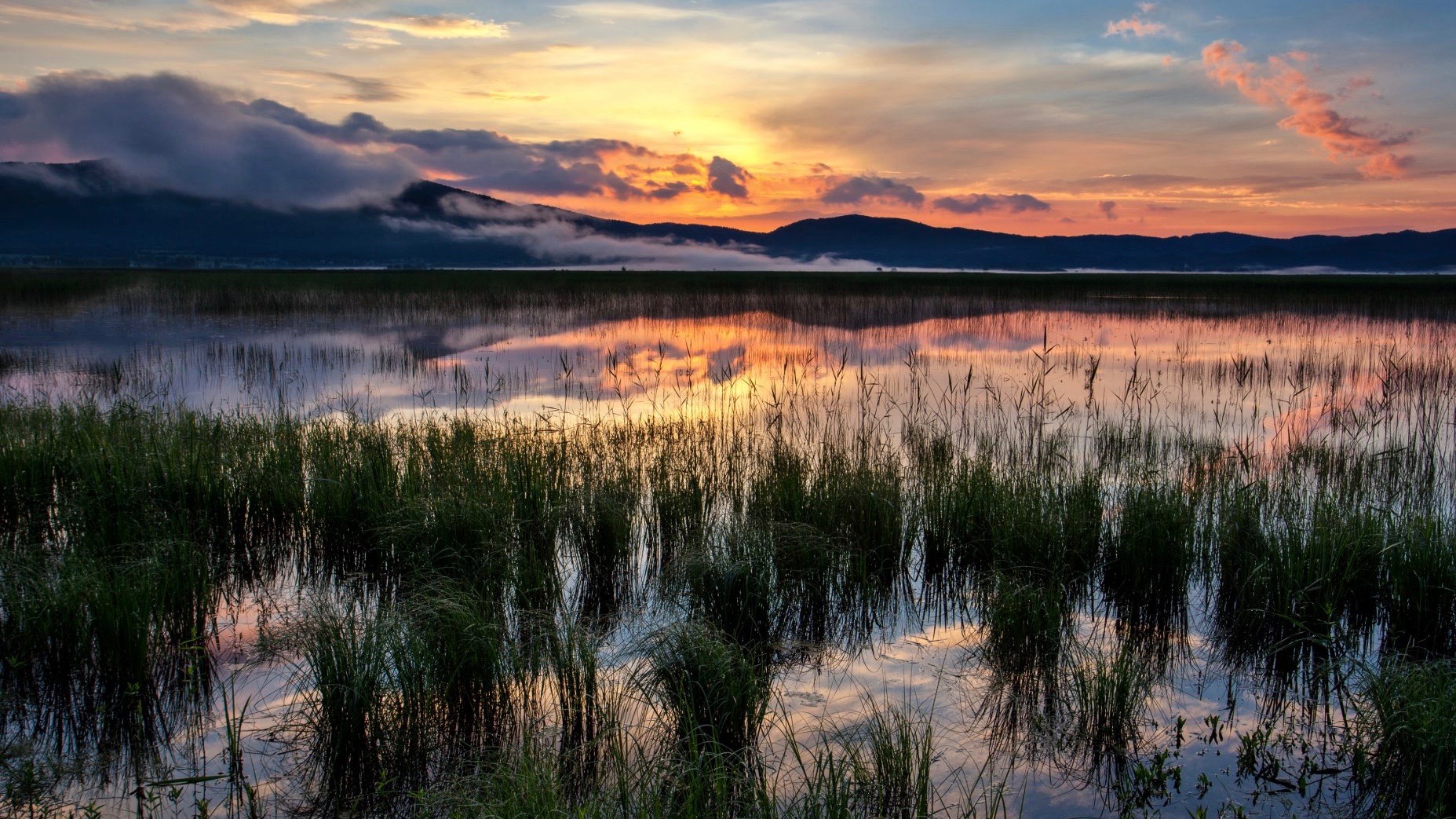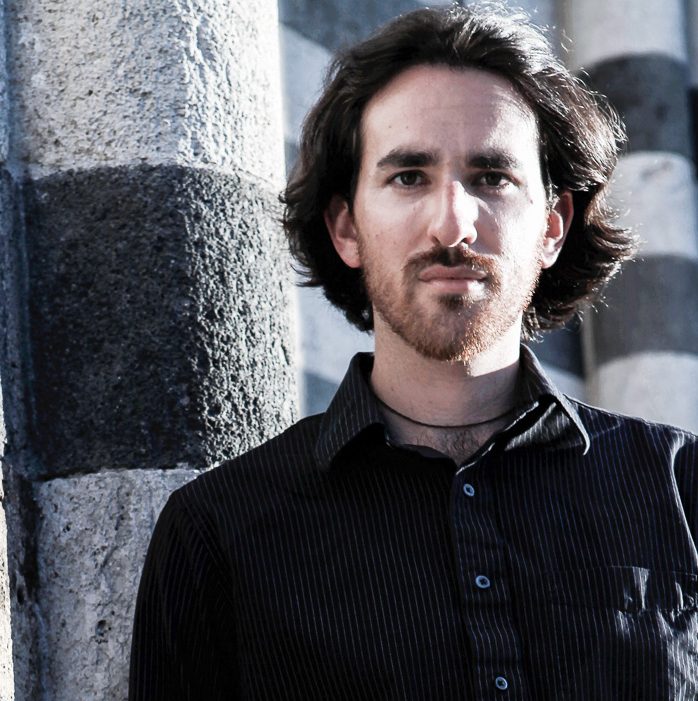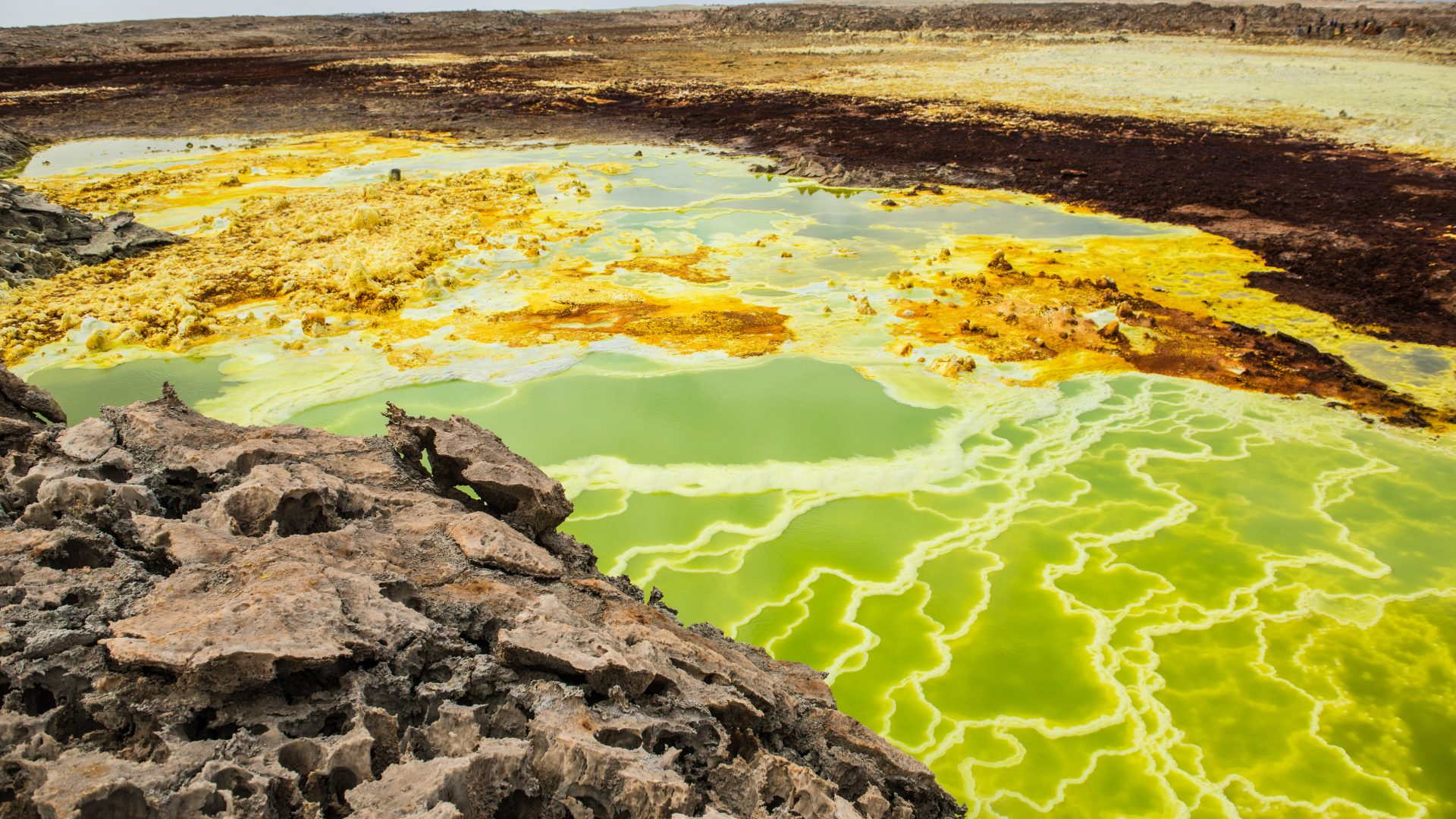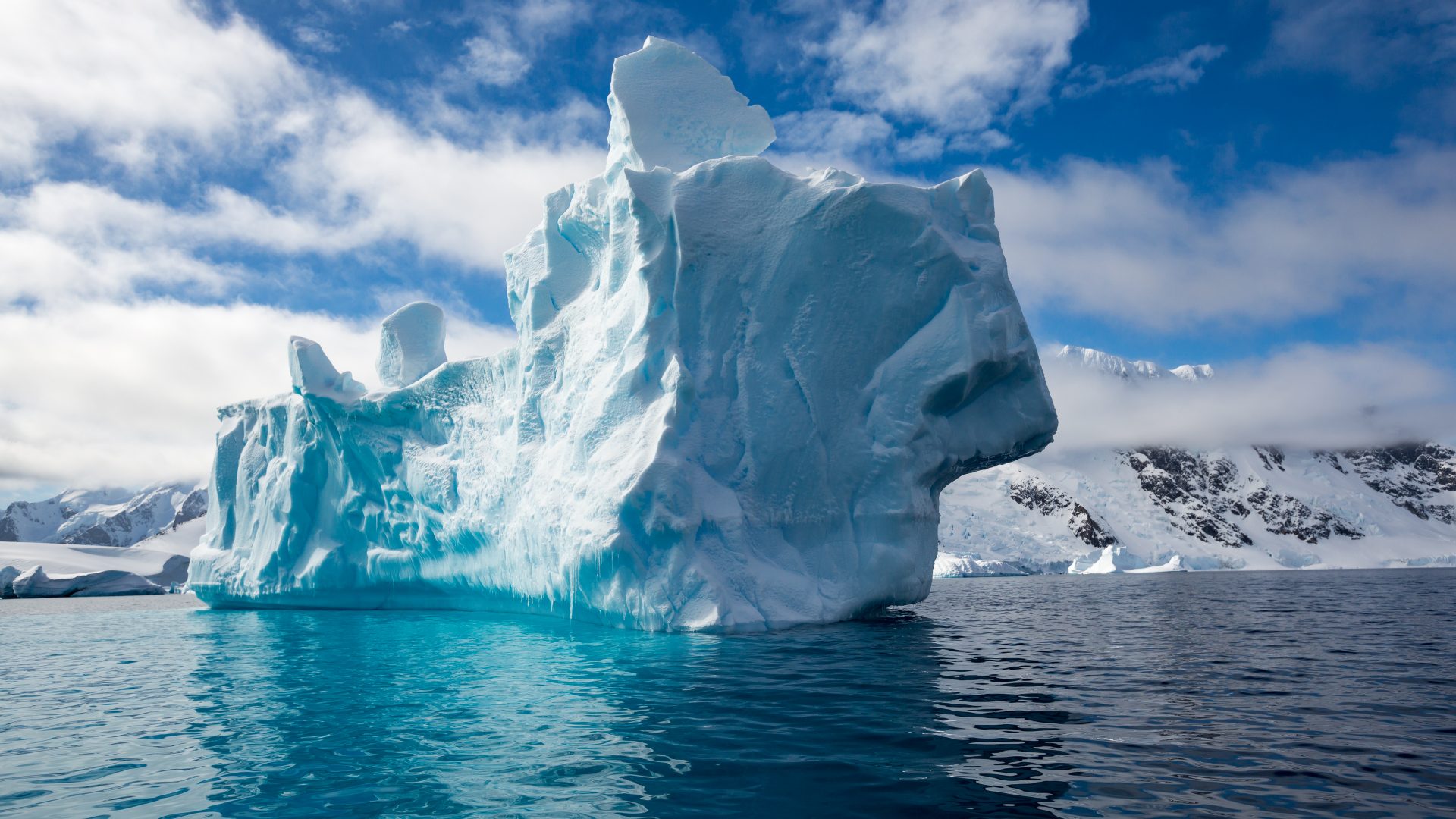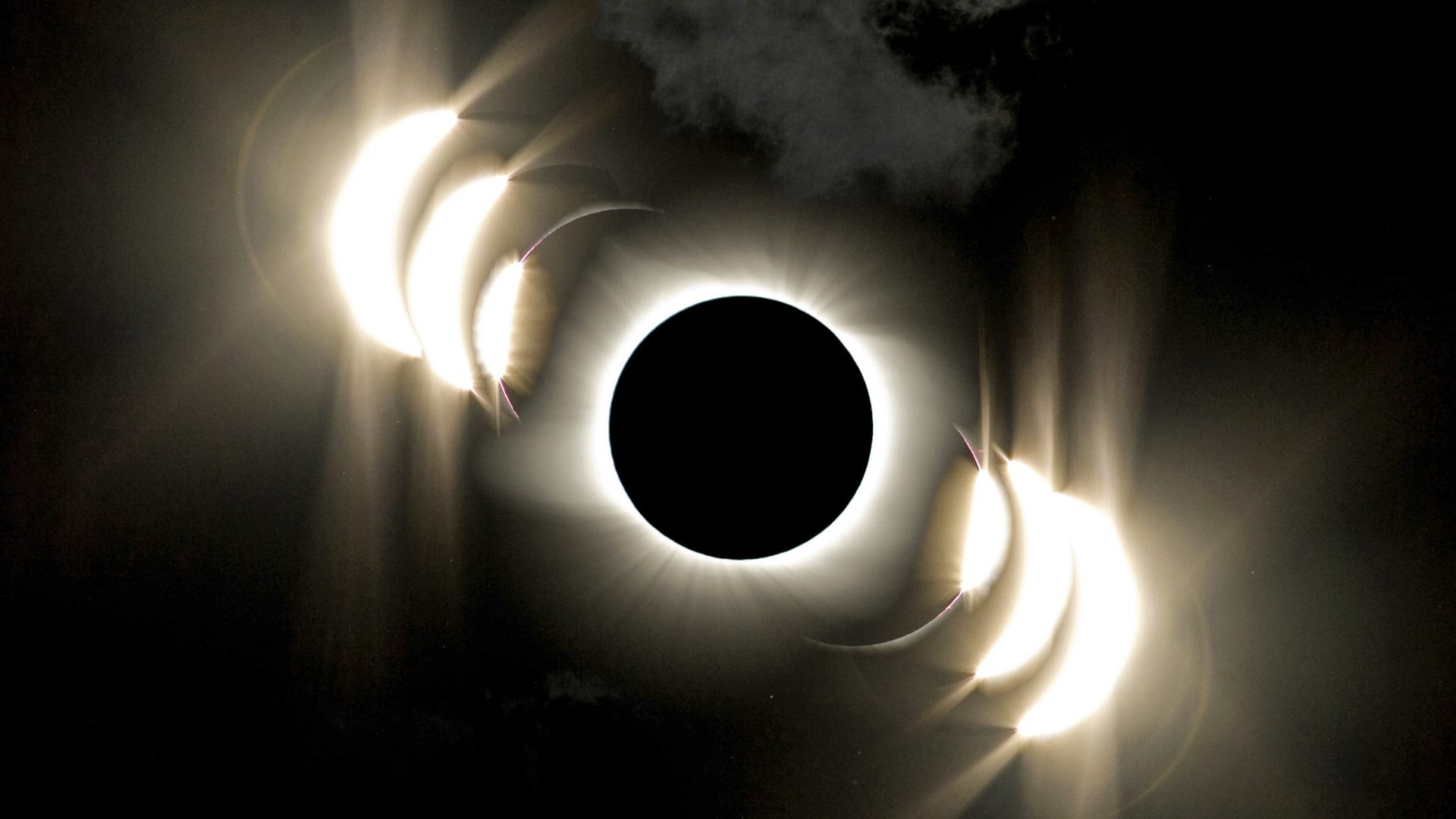
Some photographers chase the light. Others chase the darkness. While it may be only a seconds-long experience, eclipse chaser and night-sky photographer Babak Tafreshi has traveled to far-flung corners of the world—from Antarctica to Siberia—to capture the shadow of the moon.
For eclipse-chasing photographer Babak Tafreshi, the brief moments when the sun disappears during a total solar eclipse are worth trekking across all seven continents, from the tribal lands of Zambia to the ice shelves of Antarctica. An amateur astronomer and creator of The World at Night, an initiative to “reclaim the night sky” with other international photographers, Tafreshi’s images capture the fleeting glimpses of an eclipse, merging science with art.
Tafreshi saw his first total solar eclipse in 1995 as a teenager near the border of Afghanistan and his home country of Iran, and while it only lasted 14 seconds, he was hooked for life. “I was just like a caveman,” Tafreshi recalls. “I didn’t do anything, other than just be amazed by the eclipse. I think I probably clicked my camera once—that was all I could do.”




